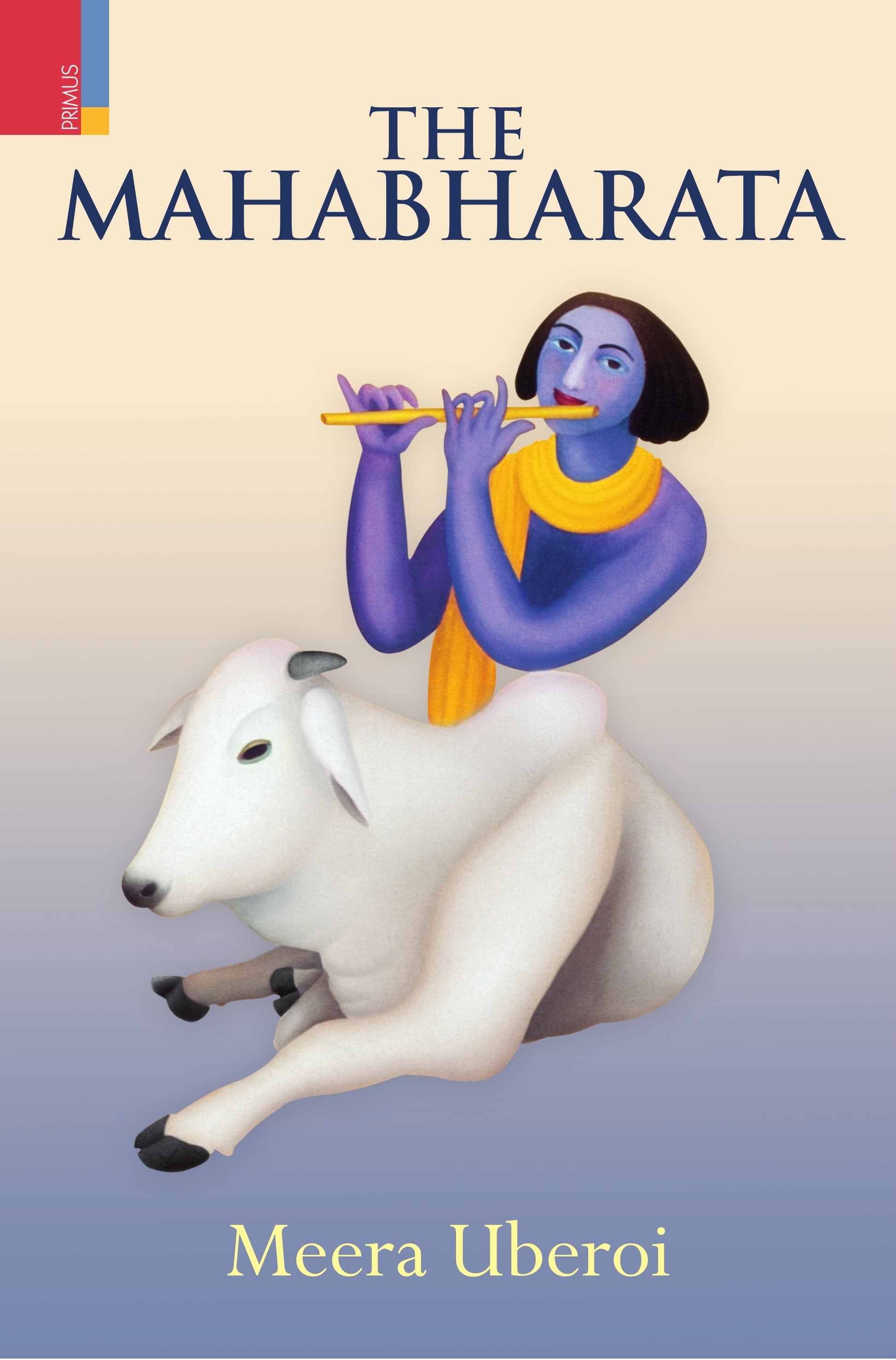
INFORMATION
- AUTHOR : Meera Uberoi
- HB ISBN : 978-93-5290-275-0
- Year : 2019
- Extent : 386
- Discount available on checkout
- Usually dispatched within 3 to 5 working days.
Tagore
| HB ₹ 995 . $ . ₤ |
PB ₹ . $ . ₤ |
|
| POD ₹ . $ . ₤ |
e-Book ₹ . $ . ₤ |
INFORMATION
- AUTHOR –
- ISBN – 978-93-84082-78-9
- Year – 2016
- Extent: 400 + 40 coloured illustrations
- 10% discount + free shipping
- Usually dispatched within 3 to 5 working days.
‘What is in the Bharata is everywhere and what is not is nowhere’, states The Mahabharata which deals not only with the power struggle between the princes of two clans but also with a variety of branches of learning. Woven into the main theme are lengthy dissertations and treatises on philosophy, ethics, morality, statecraft and metaphysics. The sages who wrote the epic had an almost uncanny understanding of human nature and have depicted it with unemotional clarity. This abridgement, based on Kisari Mohan Ganguli’s translation of the Mahabharata, is told in lucid English, using modern idioms, yet wherever possible the metaphors, similes and allegories of the original have been retained.
The Editor
Meera Uberoi wrote many storybooks for children, retelling fairy tales, myths, legends and other stories of bygone eras. Some of her publications include Stories from Mahabharata, Indian Folk Tales, Lord Ganesha’s Feast of Laughter, Penguin Book of Gardening in India,Puffin Book of Classic Indian Tales for Children, and Leadership Secrets from the Mahabharata. This latter is a book on the theories of statecraft, and the king’s role as expounded by the ancient sages of India. Besides writing, Meera was fond of gardening and painting.
As a global figure, Tagore transcends the boundaries of language and reaches out to people distant both in time and space. His art took inspiration from contemporary Western trends and became a powerful means to connect with people beyond Bengal. Word, image, song, and text were his tools of communication, as also his extraordinary presence in a sartorial garb of his own design. A littérateur in many genres, the impact of his work was determined both by the material he presented, and by its simultaneously local and global contexts. Now, when his international reputation has spanned over more than a hundred years, it is important to revisit the sites of Tagore’s eminence, and ask to what extent he was a ‘living text’ in the century that witnessed him as a global intellectual.
Accordingly, this volume investigates how Tagore’s writings and art are linked to the metalinguistic domains of the psychological, medical and mythical; how he was received in various cultures outside India; how his art was determined by individual circumstances and global aspirations; and how he acted as an inspiration to his contemporaries and subsequent generations including modern Indian writers and artists.
The Editor
Imre Bangha studied in Budapest and Santiniketan and at present is Associate Professor of Hindi at the University of Oxford. He has published books and essays in English, Hindi, and Hungarian on literature in Brajbhasha and other forms of old Hindi and has also prepared Hungarian translations from various South Asian languages. His work on the international reception of Bengali culture includes Rabindranath Tagore: Hundred Years of Global Reception (2014, co-edited with M. Kämpchen) and Hungry Tiger: Encounter between India and Central Europe (2007).







